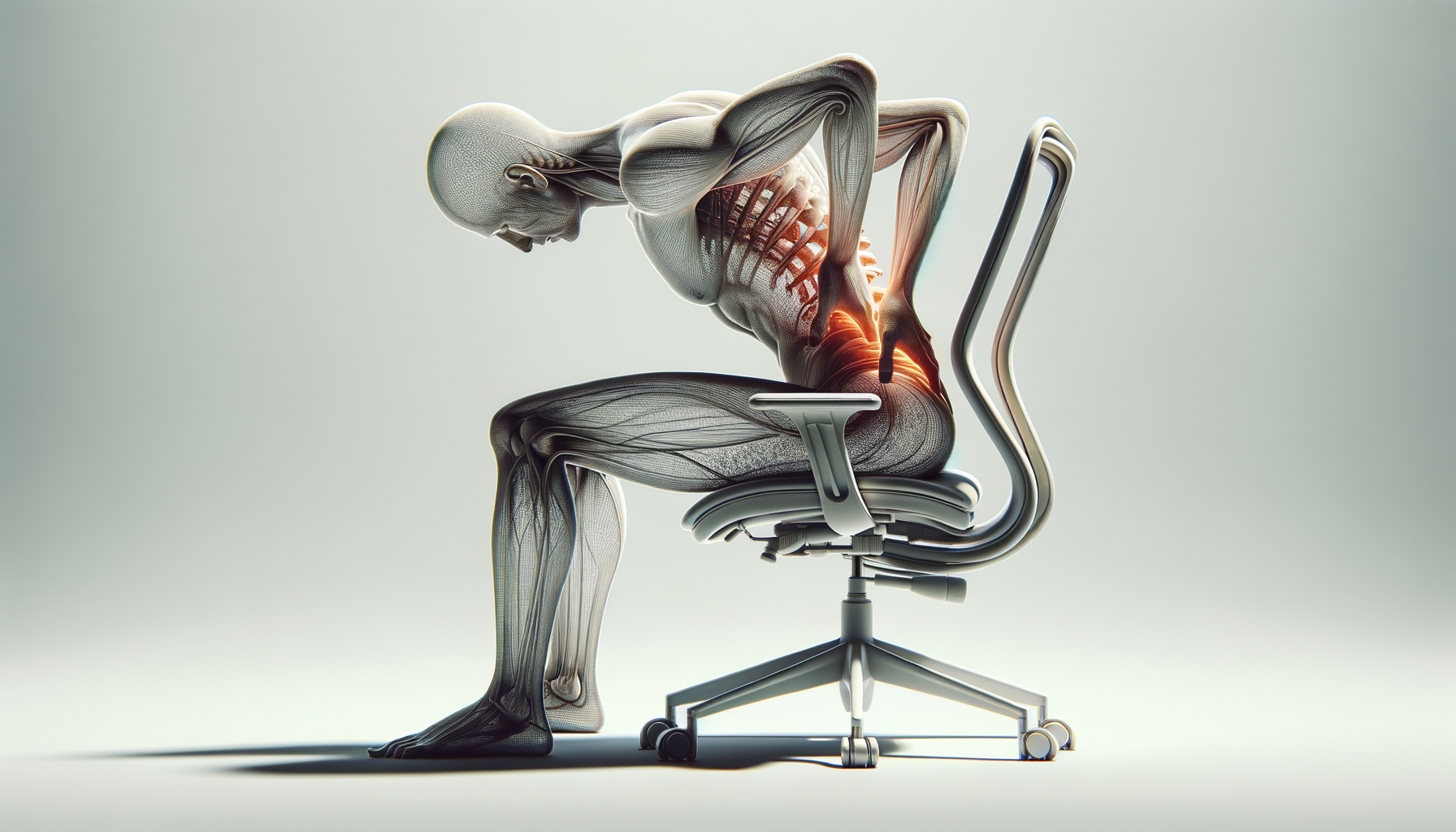Understanding Low Back Pain
Low back pain is a common ailment that affects millions of individuals worldwide. It can manifest as a dull ache or a sharp, debilitating sensation, impacting daily life and overall well-being. The causes of low back pain are varied, ranging from poor posture and sedentary lifestyles to injuries and age-related changes in the spine. Understanding the root cause of low back pain is crucial for finding relief and managing discomfort effectively.
One of the primary contributors to low back pain is poor posture, particularly in individuals who spend long hours sitting at desks or working on computers. Over time, this can lead to muscle imbalances and strain on the spine, resulting in pain. Additionally, injuries such as sprains, strains, or herniated discs are common causes of low back pain, often resulting from lifting heavy objects incorrectly or sudden movements.
Age-related changes in the spine, such as degenerative disc disease or osteoarthritis, can also lead to low back pain. These conditions cause the discs between the vertebrae to wear down, leading to pain and stiffness. Understanding these various causes is essential in determining the appropriate treatment and management strategies for low back pain.
Common Symptoms and Diagnosis
Low back pain symptoms can vary widely, from a mild, persistent ache to severe, sharp pain that limits mobility. Common symptoms include muscle stiffness, limited range of motion, and pain that radiates down the legs. In some cases, individuals may experience numbness or tingling in the lower extremities, indicating nerve involvement.
Diagnosing low back pain typically involves a thorough medical history and physical examination. Healthcare providers may ask questions about the onset, duration, and severity of the pain, as well as any activities or injuries that may have contributed to it. Imaging tests such as X-rays, MRIs, or CT scans may be used to identify structural issues or injuries within the spine.
Early diagnosis is important for effective treatment, as it helps identify the underlying cause and guides the development of a personalized management plan. By addressing the specific factors contributing to low back pain, individuals can achieve better outcomes and improve their quality of life.
Treatment and Management Strategies
Treating low back pain often requires a multifaceted approach that includes both medical and non-medical interventions. Over-the-counter pain relievers and anti-inflammatory medications are commonly used to manage pain and reduce inflammation. In more severe cases, prescription medications or corticosteroid injections may be necessary.
Physical therapy is a vital component of managing low back pain, as it helps strengthen the muscles supporting the spine and improve flexibility. A physical therapist can design a personalized exercise program that targets specific areas of weakness or imbalance, promoting better posture and reducing the risk of future injuries.
In addition to traditional treatments, alternative therapies such as acupuncture, chiropractic care, and massage therapy can also be beneficial. These therapies focus on relieving pain and promoting relaxation, contributing to overall well-being. Lifestyle modifications, such as maintaining a healthy weight, staying active, and practicing good posture, are also essential for long-term management of low back pain.
Preventive Measures and Lifestyle Adjustments
Preventing low back pain involves adopting healthy habits and making lifestyle adjustments that support spinal health. Regular exercise is one of the most effective ways to prevent low back pain, as it strengthens the core muscles that support the spine and improves flexibility. Activities such as walking, swimming, and yoga are excellent choices for maintaining back health.
Practicing good posture is crucial for preventing low back pain, especially for individuals who spend long hours sitting at a desk. Ergonomic chairs, standing desks, and proper computer setup can help reduce strain on the spine. It’s also important to take regular breaks and stretch throughout the day to prevent muscle stiffness.
Maintaining a healthy weight is another key factor in preventing low back pain. Excess weight can put additional stress on the spine, leading to pain and discomfort. A balanced diet rich in nutrients that support bone and muscle health is essential for overall well-being. By incorporating these preventive measures into daily life, individuals can reduce their risk of developing low back pain and enjoy a more active, pain-free lifestyle.
Seeking Professional Help
While many cases of low back pain can be managed with self-care and lifestyle adjustments, there are times when professional help is necessary. If low back pain persists for more than a few weeks, or if it is accompanied by symptoms such as severe pain, numbness, or weakness, it’s important to seek medical attention.
Healthcare providers can offer a range of treatment options, from medications and physical therapy to more advanced interventions such as injections or surgery. They can also provide guidance on lifestyle modifications and preventive measures to reduce the risk of future episodes of low back pain.
Seeking professional help not only provides access to effective treatment options but also offers reassurance and support. By working with healthcare professionals, individuals can develop a comprehensive plan to manage low back pain and improve their overall quality of life.








